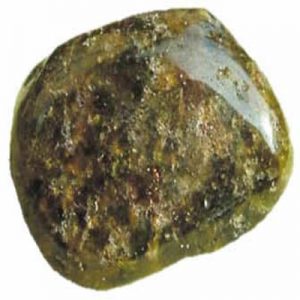Idocrase (Vesuvianite)
Vesuvianite (also known as Idocrase) is situated in colors ranging from green to brown as well as a variety that is blue Cyprine. The complexities of its chemistry cause the number that is wide of and properties. The variety that is green similar in color to Peridot gems. Cyprine, the variety that is blue of, is colored by the addition of copper to its chemistry and it is also referred to as Cupreous Idocrase or Cupreous Vesuvianite.
There are numerous sources of Vesuvianite such as Asbestos, Quebec, Canada; California, Colorado and the brand new England region of USA; Mt. Vesuvius, Italy; Ural Mountains, Russia, Switzerland, Tanzania and Kenya. However, you can find just a few resources of gem quality crystals. An amount that is small of material has come from Asbestos, Quebec, Canada. Recent finds in Tanzania and Kenya have brought some very nicely colored gems to the market. One way to obtain the product is from California, USA and has been Californite that is nick-named or Jade. This bright opaque that is green translucent product arises from near Happy Jack mine, Siskiyou County and near Pulga, Butte County, California.
| Category: | Sorosilicate |
| Chemical Formula: | Ca19Al4Fe(Al,Mg,Fe)8Si18O7 |
| Calcium Aluminum Iron Silicate | |
| Molecular Weight: | 1,422.09 gm |
| Composition: | Calcium | 28.18 % | Ca | 39.43 % | CaO |
| Magnesium | 3.42 % | Mg | 5.67 % | MgO | |
| Aluminum | 7.59 % | Al | 14.34 % | Al2O3 | |
| Silicon | 17.77 % | Si | 38.03 % | SiO2 | |
| Hydrogen | 0.28 % | H | 2.53 % | H2O | |
| Oxygen | 42.75 % | O | |||
| 100.00 % | 100.00 % | = TOTAL OXIDE |
| Crystallography: | Tetragonal – Dipyramidal |
| Crystal Habit: | Crystals commonly as short pyramidal to long prismatic crystals, to 15 cm, morphologically complex, with up to 30 forms reported on one crystal; columnar, granular, massive. Californite is found in massive form, not as crystals. |
| Twinning: | Twinned domains observed at a very fine scale. |
| Cleavage: | Indistinct on {110}, {100} and {001] |
| Fracture: | Irregular/Uneven, Sub-conchoidal |
| Tenacity: | Brittle |
| Moh’s Hardness: | 6.0 – 7.0 |
| Density: | 3.32 – 3.47 (g/cm3) |
| Luminescence: | None |
| Radioactivity: | Not Radioactive |
| Color: | Green, Brown, Colorless to White, Blue (Cyprine), Violet, Bluish green, Pink, Red, Black, commonly zoned; in transmitted light, Colorless to light Yellow, Green, Brown |
| Transparency: | Transparent, Translucent |
| Luster: | Vitreous, Resinous |
| Refractive Index: | 1.698 – 1.742 Uniaxial ( -/+ ) and Biaxial |
| Birefringence: | 0.0040 – 0.0060 |
| Dispersion: | Strong; 0.019 – 0.025 |
| Pleochroism: | Weak; O = colorless to yellowish, E = yellowish, greenish, brownish |


